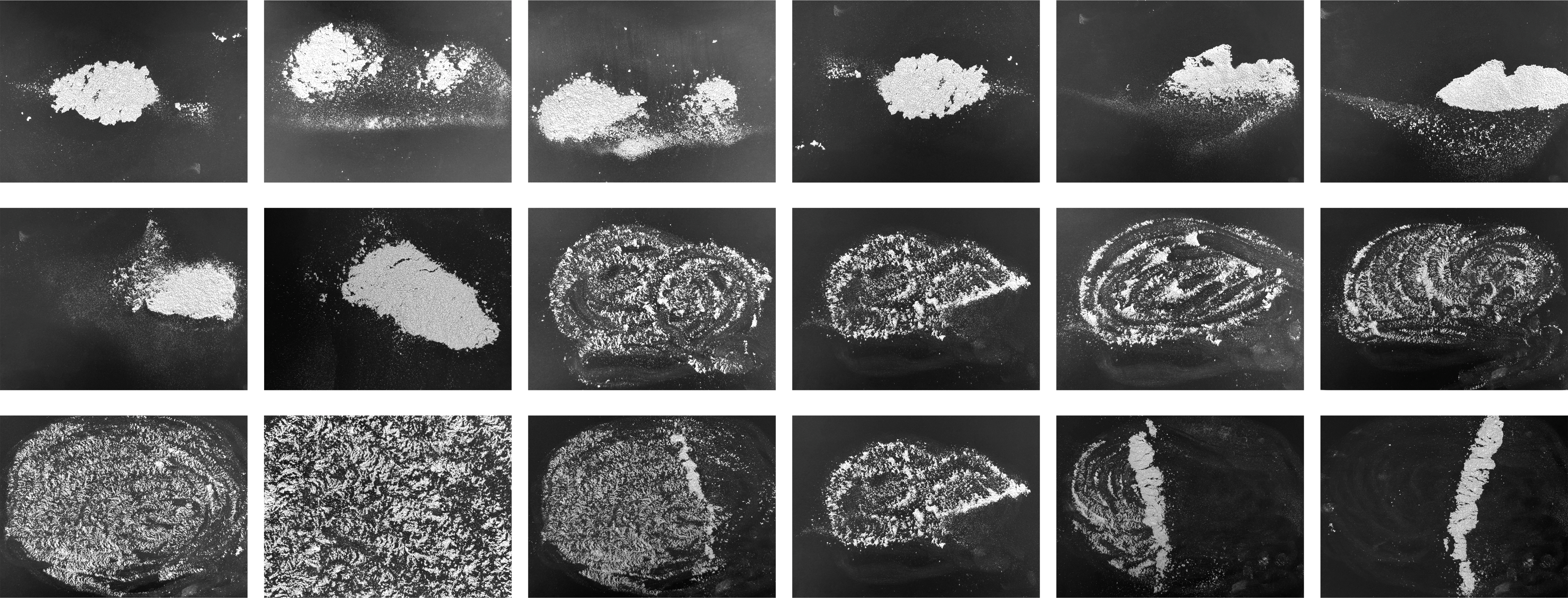
particulate matter
Excerpt from a thesis project submitted to the School of Architecture and Cities at the University of Westminster, London
MA Architecture (Digital Media) 2021/22 (Distinction)
MA Architecture (Digital Media) 2021/22 (Distinction)

The act of drift is what resonates with the logic behind dust’s behaviour - it seems at times intentional, at times passive, aimless, uncertain, pulled by forces of attraction and repulsion. It holds a certain kind of duality within it - the word ‘drift’ itself can mean both the motion and the result of that motion. Dust itself drifts, but is not in control of the drift, externalities are. Passive and active roles of the driver and the drifter can therefore interchange. Perception of which has the most power depends on the distinction between the two - the carrier and the carried, the medium and the message. As Szerszynski suggests, “in drift, we are not driving – and neither are we being driven.”
How can drift be represented? Can it be simulated and ‘controlled’ physcially/digitally?
A motion detection technique was created to act as an external driving force to a particle system, therefore facilitating the process of controlling a body of particles by the hand’s motion, while visualising forms emerge when particles are influenced to drift and transform.
A second sketch was then created with two input sliders: one representing dust settling over time, while the other representing a level of control. The longer time passes, the more settlement occures. The higher the level of control, the more contained the drifting environment is. The two sliders therefore affect the compaction of the environment and, in turn, the particle system. It was interesting to note instances when the system was triggered too quickly, which caused leaks, implosions.
A motion detection technique was created to act as an external driving force to a particle system, therefore facilitating the process of controlling a body of particles by the hand’s motion, while visualising forms emerge when particles are influenced to drift and transform.
A second sketch was then created with two input sliders: one representing dust settling over time, while the other representing a level of control. The longer time passes, the more settlement occures. The higher the level of control, the more contained the drifting environment is. The two sliders therefore affect the compaction of the environment and, in turn, the particle system. It was interesting to note instances when the system was triggered too quickly, which caused leaks, implosions.